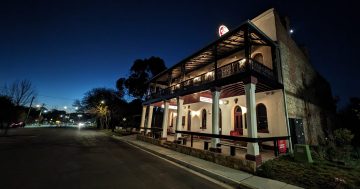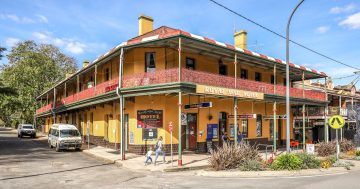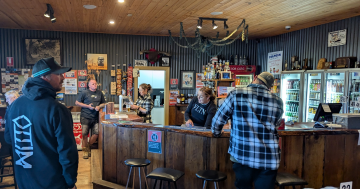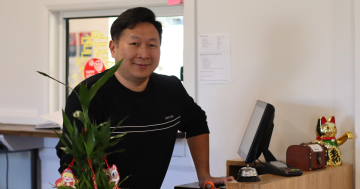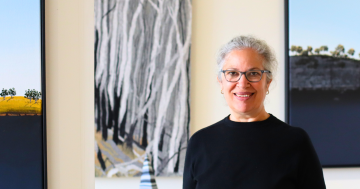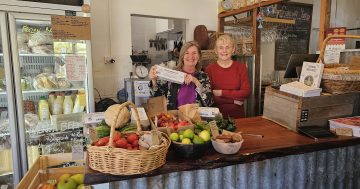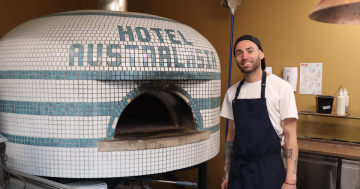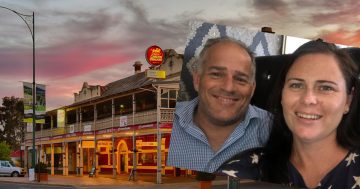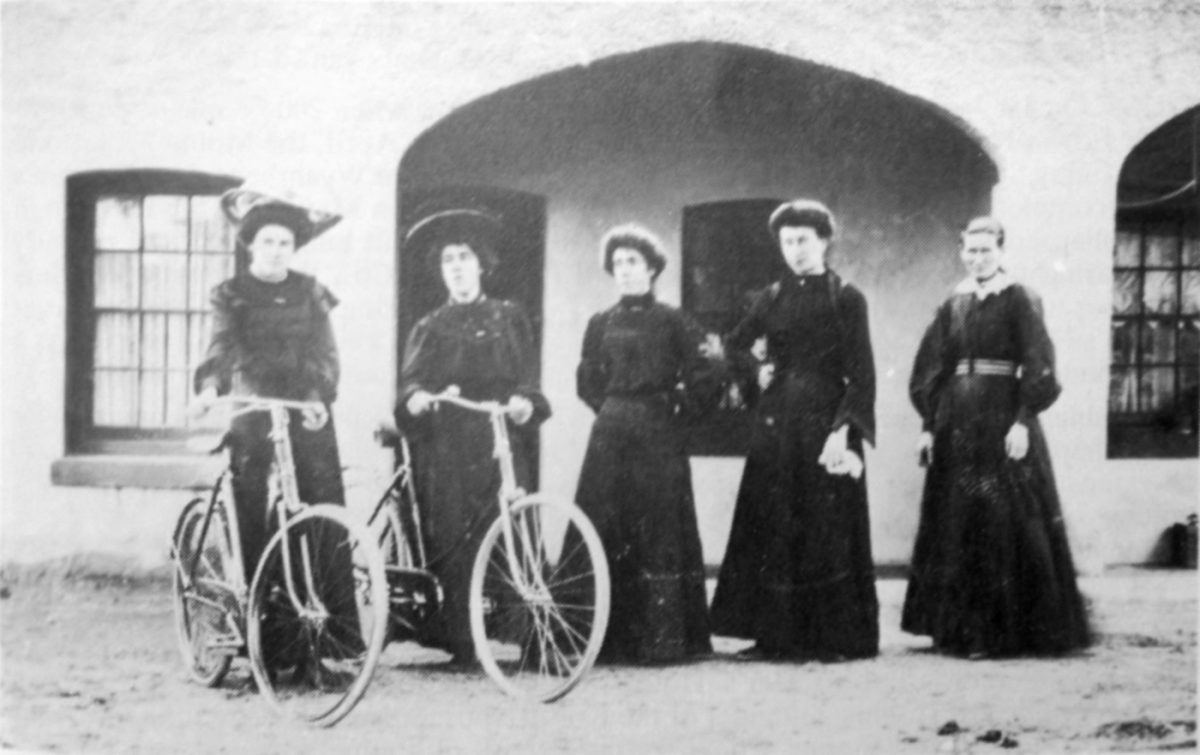
The “Old Royal”, pictured here in 1910, remained in the Cullen family for nearly 70 years. Photo: Supplied.
Bungendore’s Royal Hotel stands as a showpiece of Australia’s Victorian history. Built in 1883, generation upon generation have passed through its doors, often more upright on the way in than on the way out.
Yet it wasn’t Bungendore’s first Royal Hotel.
The original Royal Hotel is just one street away on Turallo Terrace and bears little resemblance to its successor with its single-storey construction and red brick arches that once were limewashed.
If you go looking for the building, it’s number 33 and sits across from the Catholic church. The brick arches that partially enclose the front porch were said to have been built in the oriental style and are a far cry from the more traditional styling of the current Royal Hotel, with its second storey, wrought-iron verandah.
The exact build date and original owner of the “Old Royal” is a minefield of misinformation written throughout history. What is for sure is that John McMahon purchased the block from the estate of Owen Byrne in 1877; a mistake in the schedule of documents recorded the date as 1887, an error that has led many a historian down the wrong path over the years.
If the name John McMahon sounds familiar, it is, he is well known in Bungendore as being the builder of the “new” and current Royal Hotel, the building bearing a replica of his face on the front verandah.
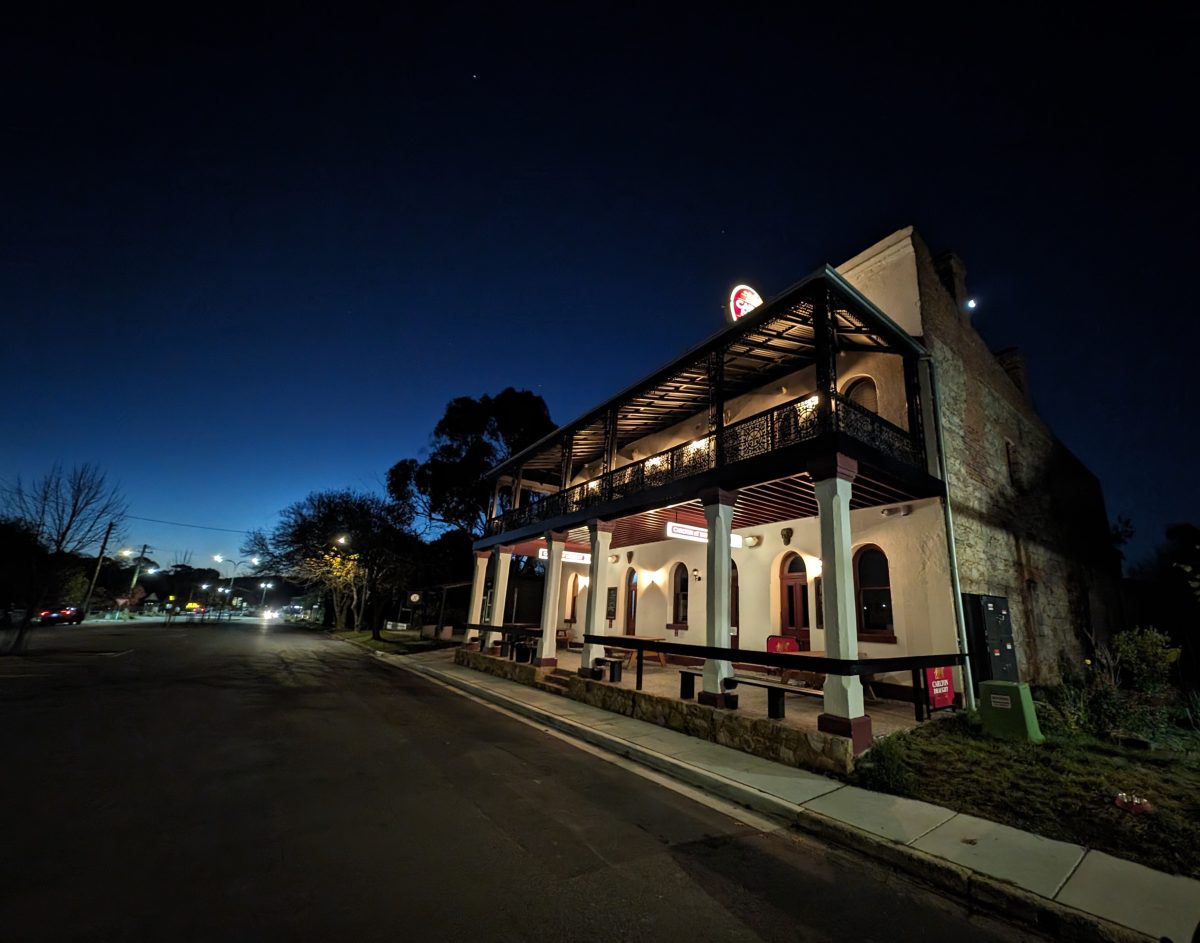
The “New Royal” was built by John McMahon who also owned the “Old Royal” at the same time. Photo: Martin Conway.
Whether Mr McMahon renovated an existing smaller inn previously built by Owen Byrne or started from scratch is unclear. Either way, it was operating as The Royal Hotel by January 1879, when the newspaper reported that John McMahon provided a room in it to host a ball for 30 couples.
That ballroom, which surely has seen more than its fair share of frivolity, still exists. By modern standards it is no larger than a modern open-plan living room and would have been a very tight squeeze for 30 couples.
You may never get to see inside of the Old Royal, it’s been a private residence since around 1901, but I can tell you from having at one time lived there for more than a decade that the early reports of a 22-room “splendid mansion”, the likes of which can’t be rivalled outside of Sydney, were definitely an exaggeration.
In actuality, behind those four front doors that open onto the arched verandah are a series of rooms that, while being numerous, are all reasonably small, apart from the original ballroom.
In all of those rooms, only four had fireplaces; the absence of fireplaces in any of the bedrooms doesn’t support the notion of a splendid mansion.
The original front bar of the Old Royal still has a visible worn stone step; it sits under a bricked-up wall that was once a corner entrance. It leads to what is now the master bedroom, a long narrow room which I often thought was more suited to a front bar layout than a bedroom.
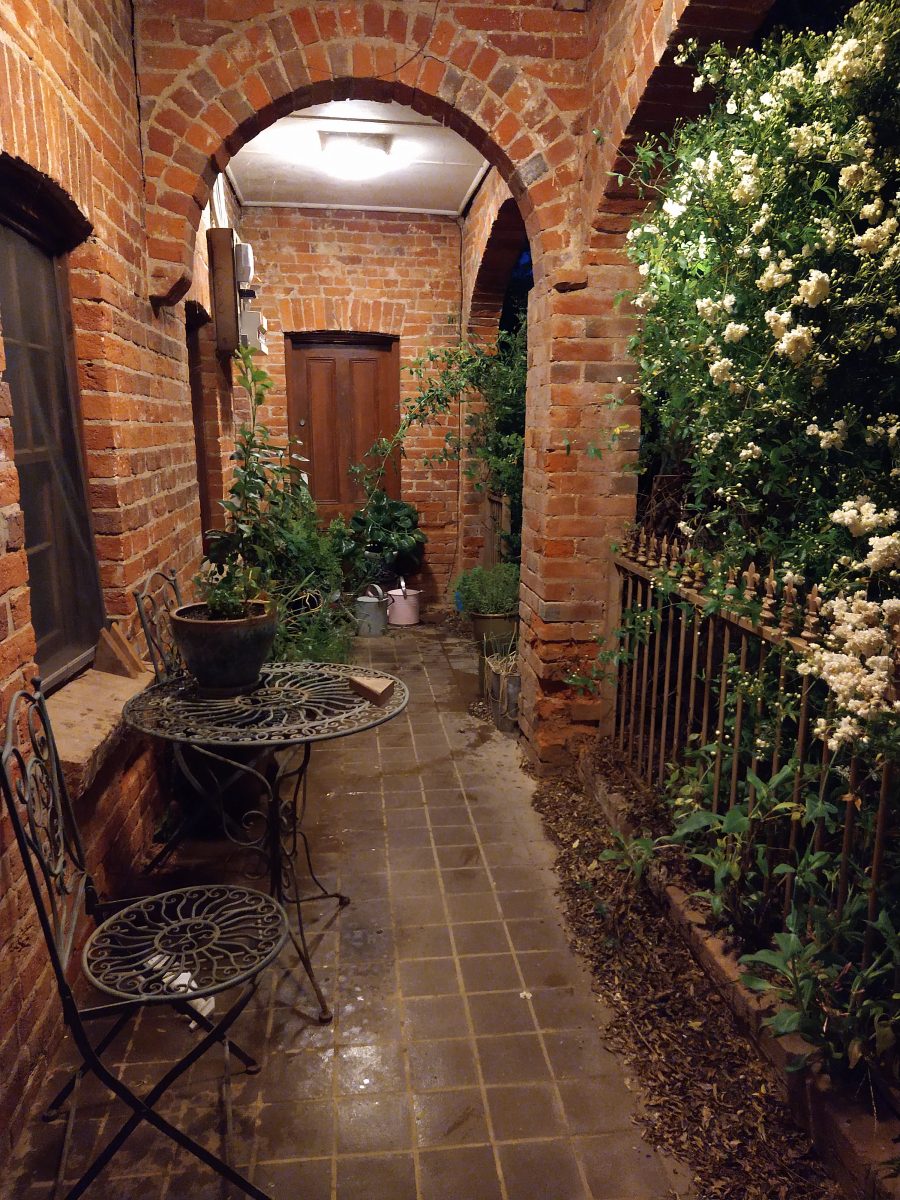
The verandah of the “Old Royal” in the mid 2010s. Four front doors are in place from when it was an inn. Photo: Tenele Conway.
It’s unknown why, only a few years after constructing his hotel on Turallo Terrace, John McMahon decided to build a new one just one street away. Possibly with the impending arrival of the railway, which came through in 1885, Mr McMahon wanted to capitalise on the increased passing trade coming through town.
In the succeeding years, as its life as a pub came to an end, the Old Royal has lived many more lifetimes and still does.
Legend tells of Saint Mary McKillop having stayed there, and while no documented evidence exists of this occurring, an order of nuns did lease the building from John McMahon. Unfortunately, when you examine the facts, Mother Superior Saint Mary McKillop’s documented visit to the sisters of Bungendore in 1895 doesn’t align with this period.
The family attached to the Old Royal that always fascinated me the most was the Cullens. Ellen Cullen was born in 1850 and moved into the Old Royal with her husband and two daughters in the early 1900s.
The image of Ellen Cullen, her daughters and two female friends in their dour black dresses lined up outside the clearly recognisable building around 1910 feels like stepping into history.
Ellen’s life seems to be better documented than the early years of the Old Royal itself, and her stories speak to the hardship faced by women in the time. The saddest of these stories tells of Ellen losing a baby days after birth when no doctors would see to the illegitimate child despite the fact she and her husband were well and truly separated.
Ellen and her daughters lived full and rich lives in the town. Both daughters were married in the ballroom in parties that were said to go till dawn, and Ellen kept the property running with the help of orphan boys that numbered 17 in total over the years.
After Ellen’s death, the Old Royal remained in the Cullen family until 1970, when it was sold in a reportedly run-down condition.
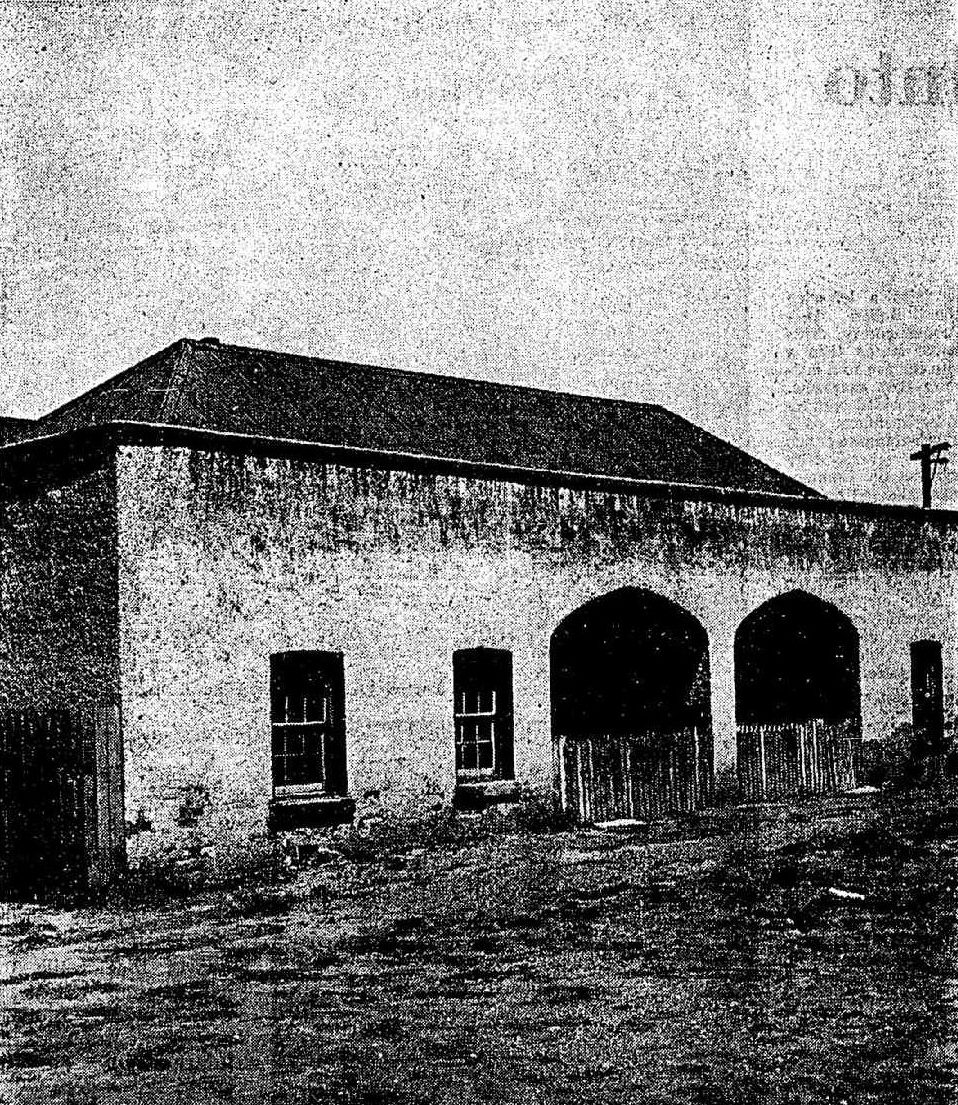
The “Old Royal” in 1968 in a run-down condition was sold by the Cullen family. Photo: Supplied.
Many more families have lived within its walls since the 70s. The Rossiters, the Tuisks and the Conways, to name a few, have all been custodians of this piece of Bungendore’s history.
Maybe it’s the unassuming facade or that the “New Royal” looms so large, but the building’s significance is rarely acknowledged in the town. In all the years I lived there, no one ever knew what I was talking about when I enthusiastically told them that I lived in the Old Royal.
Yet there it is and there it will remain. It’s worth checking out next time you’re in the area. Just don’t knock on one of the many front doors and ask for a tour; that’s endlessly annoying for owners of historic buildings.







